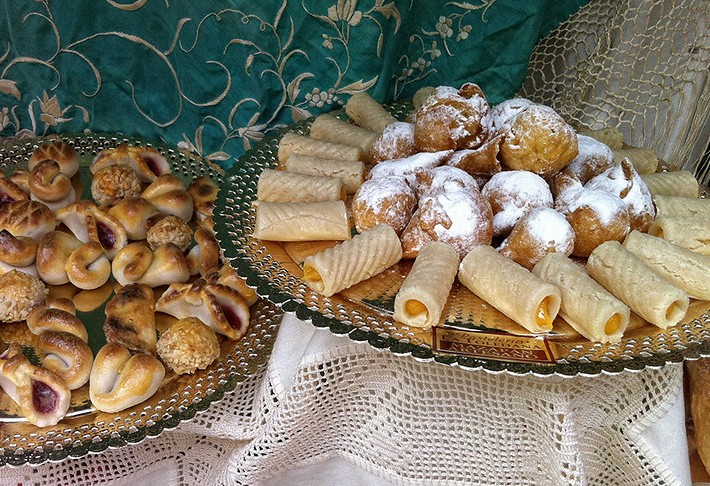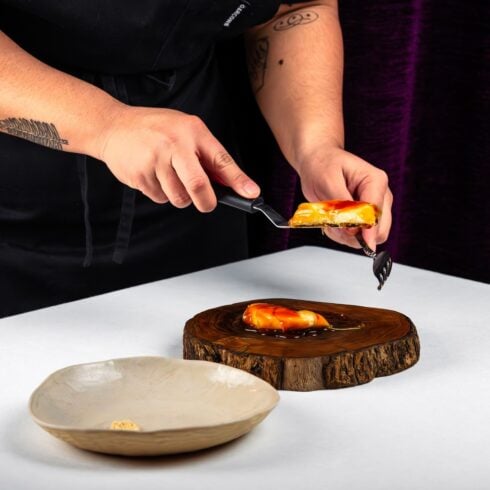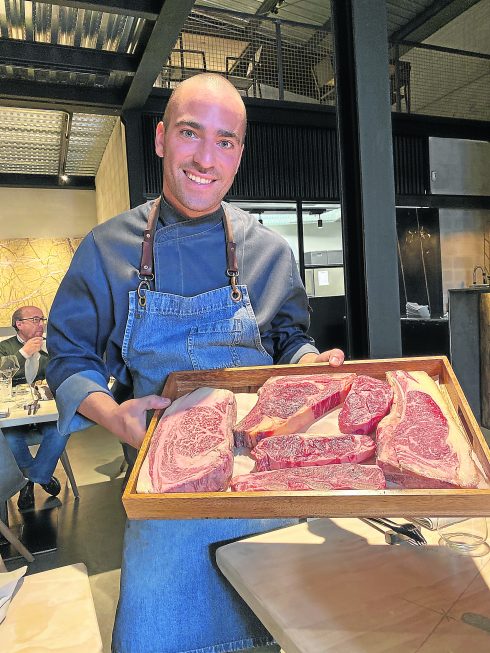SPAIN seems to have a traditional dish for every occasion and this is particularly true on All Saints’ Day.
November 1 is a national holiday in Spain and the day when families get together to visit the graves of their loved ones.
Each region has its own treats from Extremadura, where it is typical to serve dulce de membrillo (sweet quince) is commonly eaten with roasted chestnuts, while the Andalucians tuck into Pestiños, which are typical in Andalusia, deep fried pastries with olive oil and sugar, and topped with lemon, honey or sherry.
The most typical treats you’ll find served across the country on All Saint’s Day are the aptly named huesos de santos: Saint’s bones
These sweet treats became popular in 17th century Madrid when they were first mentioned in print in Francisco Martínez Montiño’s cookbook, Arte de Cozina, Pastelería, Vizcochería y Conservería (The Art of Cooking, Pastries, Cakes and Preserves).
Written in 1611, the book states that these sweets were “made to commemorate all the Saints and all the dead at the beginning of November”.
However, their true origins no doubt lie further back to Spain’s Arab rulers who left behind a legacy of confections made with almonds.

These rather gruesomely named huesos de santo are made to resemble reliquary bones – slender pale tubes made from a fine marzipan dough about 5-6cm in length.
These are traditionally filled with a soft ‘marrow’ of sweetened egg yolk.
Another sweet treat you’ll find served at this time of year are buñuelos, essentially deep fried puffy dough balls.

Thought to date from the tenth century Sephardic dish called bimuelos that was later adopted for the catholic saint’s day tradition, they became popular in Madrid where they were once served alongside churros.
Nowadays they are found filled with sweet creamy centres flavoured with chocolate, hazelnut or caramel.
The third ubiquitous Saints’ Day treat are panellets – traditionally from Catalunya, you will now find them served across Spain.

These are marzipan balls coated in pinenuts and are often served with Cava or sweet muscatel wine.
READ ALSO:
- IN PICS: This is how All Saints’ Day is celebrated across Spain
- El Alamin: The abandoned town outside Madrid that attracts ghost hunters in search of paranormal activity
- Spooky! How Halloween is celebrated in different parts of Spain
Click here to read more Food & Drink News from The Olive Press.








